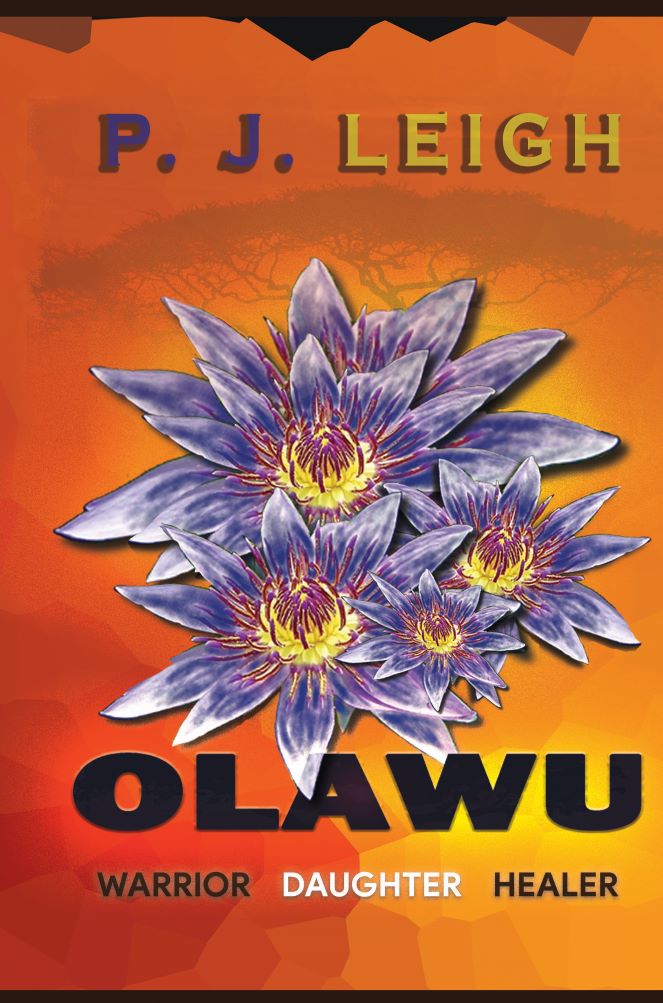
How To Summarize Your Story In Multiple Forms
If you thought writing your novel was hard, you’re going to absolutely love writing a summary for it. No really, it’s the best part (Okay, that was sarcasm). Shaving down a plot to a sentence, paragraph, or handful of pages is hard. I hate it, and many other writers hate it, too. There’s a whole market of people willing to take this daunting task off your hands – for a price. But unless you’ve got money to spare, you’ll likely have to do it yourself. And if you’ve never written a summary before, or you’re in the process of writing one right now, you’re going to want a little help. The good news is, you can do it. The bad news is, it’s going to take a lot of practice. I take a little time below to break down how to summarize your story in multiple forms.
A Summary For You
One of the first summaries you should write (and revise as needed) is a summary for yourself. You’ll need to ask yourself some questions about your story. If you’ve done your pre-draft work, you should be able to answer a lot of these questions right away. Others may take some more thought.
- What is the basic plot of the story?
- Who are the main characters?
- What are their personal stakes?
- What is the inciting incident or driving action that moves the plot forward?
- What is the climax or turning point?
- What is the main theme of the story?
- What are the secondary themes of the story?
- Who is the story for? (target audience)
- Why does the story matter?
- What is your personal connection to the story?
Answering these questions will help you focus your ideas and frame your story. It will also help you in the editing process to either adjust your story to align with these ideas, or adjust your ideas to align with the story. Tweak as needed.
Query Summaries
If you plan to submit your story to agents or publishers, you will most likely need to draft a query letter. Examples will vary, but queries typically have four elements: Pitch (a one or two sentence summary), Specs (details about your book such as genre, word count, etc), Blurb (a paragraph summary of your story), Bio (your personal details and qualifications). More on query letters later. For now, I’ll just focus on the pitch and blurb.
Pitch
If you’ve ever heard the term “elevator pitch” you may be familiar with the essence of what it is. A very brief summary that is meant to hook the listener, or reader, and pique their interest in a short period of time. Summarizing your story in one sentence can be a painful process. Here are some questions to consider to help you get there.
- What is most unique about your story or characters?
- If you were searching for a book like yours, what would pique your interest? (this can be a brainstorming session of words or phrases)
- What tropes best fit your story? If you aren’t sure, the internet is your friend here. Begin with a genre search (Tropes for romance, fantasy tropes, etc.).
If you’re writing a love story, for example, your trope may be boy meets girl. By itself, that isn’t a very interesting premise, but when you add elements from question one and two, you’ll find yourself closer. Let’s say the boy in this “boy meets girl” story has a disability. Or a superpower. Or some other unique characteristic. And if your story twists or reverses the trope in some way that makes it refreshing, that’s even better. Classic boy meets girl can get a little stale. But if boy meets girl, but has to hide that he’s a dragon, plus not set her on fire when he transforms, that’s a more unique story.
Blurb
For your query blurb, you’ll give a few more details and expand the idea in your pitch. When you’re writing the blurb, think of the main ideas of your story. You don’t have to tell the ending in a query blurb. Try to answer these three questions in your blurb, and make it as clear and impactful as you can.
- Who is the main character? If you have more than one, pick the most important one. Or two, if you can fit it. Even if you’ve got a multi POV cast, this isn’t the time to introduce everyone. If the story is about two main characters, like in a love story, write three versions. One with the first character’s story, one with the second, and one with both. Pick the strongest of the three when submitting.
- What is the problem? This is hard. Especially when you’ve got a lot going on in your story. Pick the problem that kicks off the story and pushes your protagonist into the action.
- What are the stakes? If the main character doesn’t see resolution for the problem, what happens? Does the world end? Does the main character lose something significant? What?
Book Flap/Cover
If it works, you may want to use your query blurb as your book flap or back cover blurb. But you have a lot more wiggle room with these blurbs, as they tend to be a bit longer (but only a bit). You still want to answer the same three questions you had for your query blurb, and be sure to include information that a potential reader would find interesting.
Synopsis
This story summary is probably the most versatile and varied form. Some synopsis requests ask for one page. Some ask for three. There are others which ask for a chapter by chapter synopsis. You will need multiple versions of a synopsis, but here are a few points to keep in mind:
- Form. In a synopsis you will place character names in all caps the first time they are mentioned.
- A synopsis is a delicate balance between story telling and story explaining. To avoid a dry synopsis, try framing your story by your character’s deepest internal struggle. Tie in all the action and external conflicts you include to that internal struggle.
- Unless it is a chapter by chapter synopsis, pick only the highlights of the story and write them out in chronological order.
- If you have multiple characters that are essential to the plot, but do not have their own character arc in the story, don’t use names. Use descriptors.
- Expand on story themes as space allows, but remember to keep your synopsis focused on a central idea.
Complications
I had a really tough time writing my first few blurbs for my story. The biggest problem? None of my blurbs felt accurate. My story had a complex arc and a twist ending and is intended as a series. I didn’t want to give anything away, but I didn’t want to lie, either.
Maybe you feel that way. But, unless you’re writing a synopsis, try not to think of your summary as a whole picture. Think of it as a frame. It borders and gives boundaries to the complex assortment of colors arranged inside of it.
Reading summaries of other stories will help you to better frame your own. One example is the summary for the TV show “The Good Place.”
***Spoiler alert to anyone out there who hasn’t seen the show. Skip this part if you don’t want to know anything about the twist ending.***
The summary for “The Good Place” reads as follows:
“When Eleanor Shellstrop finds herself in the afterlife, she’s both relieved and surprised that she’s made it into the Good Place. But it doesn’t take long for Eleanor to realize she’s there by mistake. She hides in plain sight from the Good Place’s architect, Michael, and his all-knowing assistant, Janet.”
The summary goes on, and you can read the full summary here. It’s a great show. But if you’ve seen the whole first season like I have, you know about that shocking plot twist. This is your last chance to skip down. You were warned.
Turns out, Eleanor isn’t in the Good Place after all.
And that was the best news for me.
Why? Because the summary accomplished what it needed to without making me feel deceived. The summary gives you Eleanor’s perspective of where she is and why, and that’s how you frame a story without spoiling the end.
***If you’re avoiding the spoiler, you can read from here. I’m landing this plane.***
With the Good Place in mind, I was able to frame my story according to the perspectives of my characters.
Now that you’ve got an idea of how to summarize your story in multiple forms, practice framing your story. Get feedback, revise, lather, rinse, repeat.
That’s my Write or Die Advice. Happy summarizing.

